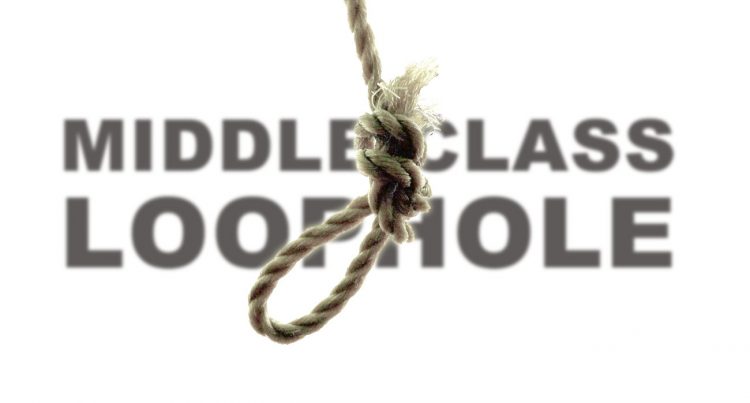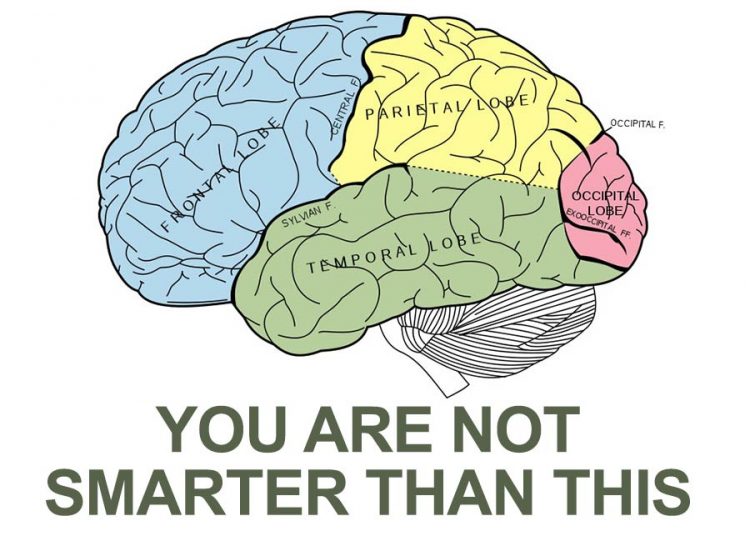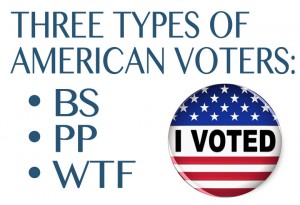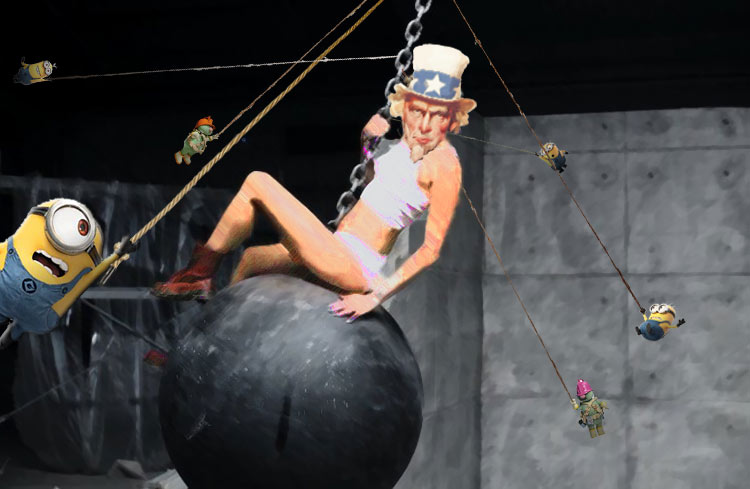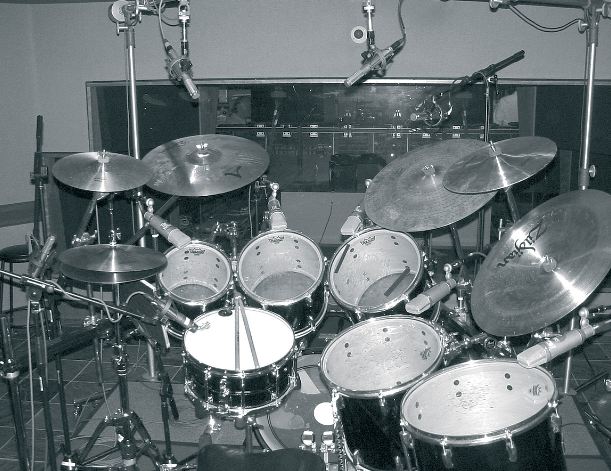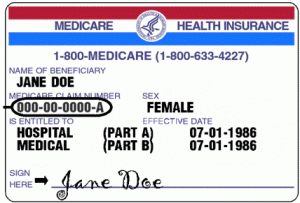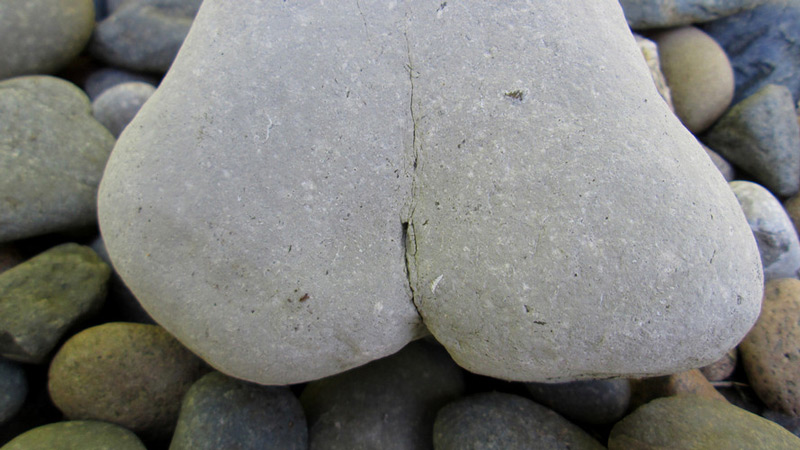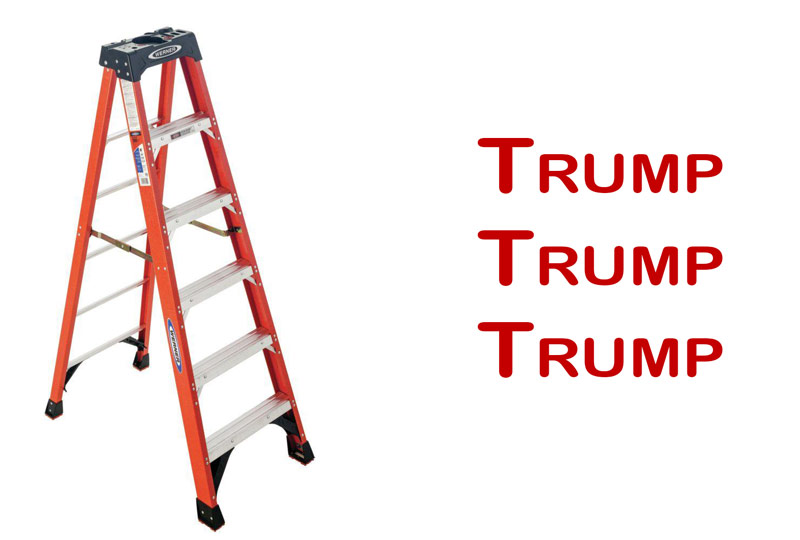Proper wiring of your patch bay is a vital part of the home recording studio set up.
Related Studio Set Up Article: Recording studio wiring for split console.
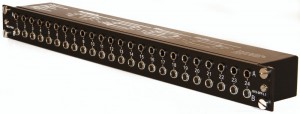 If you look at large recording consoles, they all have a lot of patch bays. They’re packed with patch bays because they are a way to route an audio signal while also being able to access it at various points in the signal path (example: pre or post EQ or dynamics, inserts, pre or post mic / line amplifier, etc.). The more you use your patch bay, the better you’ll understand signal flow. The more you understand signal flow, the more creative you can when recording and mixing insofar as how you can shape the sound based on where in the signal path you process or access the signal.
If you look at large recording consoles, they all have a lot of patch bays. They’re packed with patch bays because they are a way to route an audio signal while also being able to access it at various points in the signal path (example: pre or post EQ or dynamics, inserts, pre or post mic / line amplifier, etc.). The more you use your patch bay, the better you’ll understand signal flow. The more you understand signal flow, the more creative you can when recording and mixing insofar as how you can shape the sound based on where in the signal path you process or access the signal.
Jump To: Basic Recording Studio Patch Bay Set Up.
The most common use of music studio patch bays in home recording studios is for inserting dynamic processors (compressors, gates, expanders, etc.), or effects processors. These are all basically called serial processors because they are inline with the original signal, they “change” the actual signal in the channel, as opposed to parallel processors like effects (reverb, chorus, flanger, etc.) that use aux sends, which do NOT, therefore, have an effect on the original signal.
 Important phrase to remember for patchbays: “Outs Over Ins“. This means that the output of a signal is (literally) over the input on the patch bay set up and wiring. So that if you want to access a signal to send to a compressor, you patch from the out (top row) and after you’ve sent it to the compressor, you patch the compressor return back into the in (bottom row). Patch bays “automatically” send signal from the output jack to the input jack (so, for example, your mic tie lies from the live room that are plugged into the back in the top row (in) will automatically be sent to the bottom row (out) that is then sent to your console’s mic inputs.)
Important phrase to remember for patchbays: “Outs Over Ins“. This means that the output of a signal is (literally) over the input on the patch bay set up and wiring. So that if you want to access a signal to send to a compressor, you patch from the out (top row) and after you’ve sent it to the compressor, you patch the compressor return back into the in (bottom row). Patch bays “automatically” send signal from the output jack to the input jack (so, for example, your mic tie lies from the live room that are plugged into the back in the top row (in) will automatically be sent to the bottom row (out) that is then sent to your console’s mic inputs.)
So why not just plug the tie lines straight into you console? Because you will most likely want to use an outboard mic pre, or cross patch your mic inputs. If you plug straight into the audio console instead of a patch bay, then you can’t access the signal easily before the consoles pre-amp. With more patch bays, then, you could patch from the mic tie line, into an outboard pre-amp (which is also in a patch bay), then out of the mic preamp straight to your tape machine (or computer’s A/D converter) so that you don’t really use the console at all – makes for a very clean recorded audio signal.
Another phrase to know: normalled (or full-normalled) vs. half normalled. Normalled sends the signals plugged into the back from the input to the output UNLESS a cable is plugged into either of the two jacks (in or out). Whereas half-normalled means the signal will only be broken or interrupted if a plug is inserted into the LOWER jack on the front. For half-normalled, since plugging into the TOP row does not break the signal that effectively creates a Y cable (the signal still goes to the console via the back jack, PLUS it’s in the cable you plug into the top row).
Normalled and half normalled configuration for patch bays is ONLY for places in your signal flow where you want to access the signal AND have it automatically return into the signal path (if nothing is patched into the front). You DO NOT use this configuration for adding outboard gear. Why? Because if signal (say to an effects unit) automatically gets returned… you get a feedback loop. Not cool.
When you plug in all your outboard processors, use the ISOLATED configuration (discrete in and out, no signal from cables plugged into the back automatically get sent back to the source). Click on that image above to see drawings of the patch bay module signal flow that Neutrik always has on the side of their patch bays.)
Assuming you have a 24 channel in-line console: You can do a basic set up of your recording studio with 4 patch bays (24-point like those pictured above).
- One patch bay needs to be half-normalled for the studio tie lines. The mic tie lines are plugged into the top row in the back of the patchbay, which, because this patch bay is half-normalled, automatically get sent to the row below: the console mic inputs for each channel, which you plug in on the bottom row in the back of the patchbay.
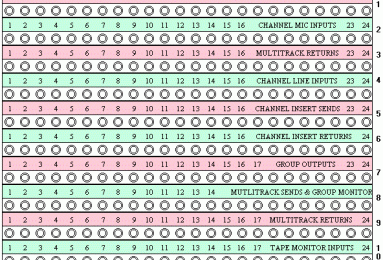
SSL 4000 patch bay The image to the right is the built-in patchbay of an SSL4000. The top rows 1 & 2 are the studio tie lines (Mic lines) into the console mic pre-amps (Channel mic inputs). Half-Normalled automatically sends the signal from the ties lines into your console inputs, plus gives you full access to both rows from the front so you can cross patch or “move” a mic from a tie line into a different input on the console. (Example: if you have a vocal mic going into 10 in the in a vocal booth, you can use this patchbay to cross-patch it into any of your console microphone inputs – just because the mic is in 10 doesn’t mean you have to record it on 10.)
- Another patchbay that is set up just like the first one, but this one gets its inputs from your tape returns (A/D converter outputs), and are sent to the line inputs of your console. If you are mixing entirely inside a computer, then you don’t necessarily need this patchbay, you would just need to take the stereo output of the DAW and put those into a stereo monitoring input of the console master section. Depending on your console, these additional channel inputs might be called line input, or they might be called tape returns. On the SSL4000 patchbay image, these are rows 3 & 4. If You are using a split console, then your set up would be different (there’s a link at the top of this article about how to wire a split console).
- You need another patch bay that is half-normalled for the console channel insert points (insert send from console is patched to the top row in the back, and insert return patched to bottom row back). These are rows 5 & 6 on the SSL4000 patchbay. Again, this automatically sends the signal coming into the top inputs to the bottom outputs. When the insert is engaged, the signal still passes through your channel, but you can patch any serial audio processor into the channel signal flow using this second patch bay (Example: the insert send in the top row goes to the input of an outboard compressor, then the output of the compressor goes back into the bottom row so that it returns to the same channel).
- Finally, one isolated patch bay for your outboard gear. This is not listed on the patchbay image above. (Remember “outs over ins” from the perspective of the patch bays, so the gear input is on the bottom row, and output on the top row. You want an isolated set up so that the signal does NOT automatically get routed from the top to the bottom row (otherwise you’d get a feedback loop). You can also use extra space here to create mults, additional tie lines, etc.
Finally, pay VERY close attention to your grounding. Since you will have a lot of different pieces of gear and audio signals traveling through your patch bays, if your studio grounding isn’t rock solid, you will have some ground hum. Make sure you DO tie the patch bays to your common ground and check that all your outboard gear is also on the same ground. TAKE TIME TO DO THIS AND VERIFY THE SIGNAL INTEGRITY.
Published: by | Updated: 11-10-2014 17:56:12


